It happens fairly regularly over at my own site that I will get emails and comments asking, “What primes should I buy if I already have zooms covering what I need?” I’m really flattered that folks write in to ask, but my answer isn’t all that helpful since it always starts with “Tell me your use cases.”
A use case is a term from my life in software. Great software architects don’t just build for fun, there is always a use case driving the delivery of a function or feature, or there should be. Lenses are the same, but in the absence of a predefined set of use cases, I will be doing a series of articles on my favourite prime lenses and why one, or all, of them might be perfect for you.
I’m starting my series with my favourite focal length. Yes, I know, one should not have favourites, but if I could have only one lens it would be a 35mm. There are lots of reasons for me, so let me share some with you and if there is resonance, you might consider a 35mm prime as one of your go-to lenses.
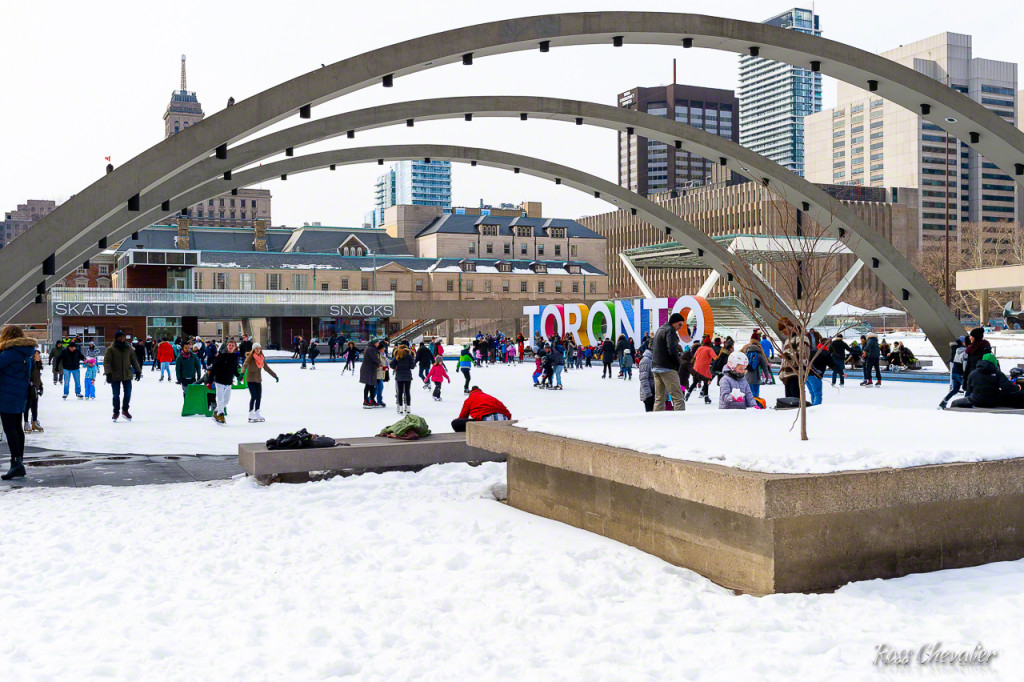
Street photography is fast and easy with a 35mm prime.
The first 35mm camera I ever got to use was my Dad’s Minolta SR-3. No light meter, heavy and fully mechanical. There were two lenses, a 50mm f/1.7 and a 35mm f/1.7. I shot it through my teens, and as a yearbook photographer for all of high school as well as when I was an apprentice. Because I learned to write down what we now get automatically as EXIF, I know that well over 80% of the time, I was using the 35mm. The photographer who most influenced me to pick up a camera is a great man named Alfred Eisenstadt. My parents had a coffee-table book of his work called Witness To Our Time (Now long out of print) and his images of people and situations really captured me. When I learned that Eisie favoured the 35mm focal length on his Leica, I sort of tuned in to the same focal length. Where Cartier-Bresson used a 50mm and did beautiful work with it, I just preferred, and still do the sense of space and time that the nominally wider 35mm delivers. When I could finally buy my first Leica, I could only afford one lens. I got a 35mm f/2 for it.
I shoot groups of people a fair bit. When I did commercial work, I did a lot of factory floor work, office shots and annual report kinds of images. The 35mm is just a bit wider than the natural perception of the human eye and with careful composition enables you to create a framework for story that is just wonderful.
Now we can get 35mm as a focal length in all kinds of zoom ranges. The best selling short zoom range is the 24-70mm, a range that I have never owned because I personally don’t find it useful, even though it contains 35mm as an option.
When you shoot a prime, you have to work more than with a zoom. You zoom with your feet. If the composition doesn’t look right, you have to move and that means you spend more time looking for your shot. Zooms are amazing, but they can make you lazy and sloppy. I teach all my private composition students what I call the Chevalier Two Step to get people to move and see differently.
The 35mm focal length is very well suited to this move to compose methodology. You don’t have to back up into the next county for a group shot, but the design is so simple and so proven that folks or structures on the edges are not bent or elongated into unpleasant outcomes. I’ve seen lots of group shots when doing critiques that were shot on 18-55mm kit lenses on crop sensor cameras where the people on the edges appear much wider than they are, and sometimes their bodies are bent. It’s not just a failure in composition, it’s a failure in seeing the shot and you don’t engender happy viewers when you make them look bad.
Contrary to some opinions, you can take a portrait with a 35mm. I learned to take portraits with a 24mm from the great Joe McNally. It just takes a bit of work, and your environmental portrait keeps people looking great and still allows you to frame a better story.
Landscapes shot with a 35mm can still have grandeur without the mountains in the distance ending up about 2mm tall in the image. I do love ultra-wides, but using them is a skill, a 35mm prime is much more forgiving.
I mentioned the benefit of a prime is that it forces you to move. It does so by forcing you to see. Today’s zooms are optically outstanding, a far step from early editions, but if you aren’t seeing your shot because it’s so easy to reframe without looking closely, you are cheating yourself as an artist.
I have a good friend named Ahmed who is a wedding and engagement photographer near where I live. He recently told me in a comment on my review of Sigma’s killer 35mm f/1.4 ART lens that he dumped his long loved 28-70mm in favour of the fixed 35mm. He is happier and so are his clients.
Prime lenses are usually optically faster than a zoom, so you can have much shallower depth of field wide open. You can also use them in lower lighting conditions without having to push your ISO as high, and that results in better colour and dynamic range. When people ask me which prime to get, I always say the fastest that you can afford and will use. There is no point paying the price for an f/1.4 lens if you never open it up more than f/5.6. If that’s your use case, save hundreds and get an f/2 version. It’s driven by your use case. When I buy a prime, I buy the fastest lens I can get so I have that low light, low ISO latitude. You may have different needs.
I do know that building a fast lens is tougher than building a slower lens, and that means a higher price, but it also can mean a much better product. Better build quality, more refined element materials, better coatings, all go into the fastest prime lenses.
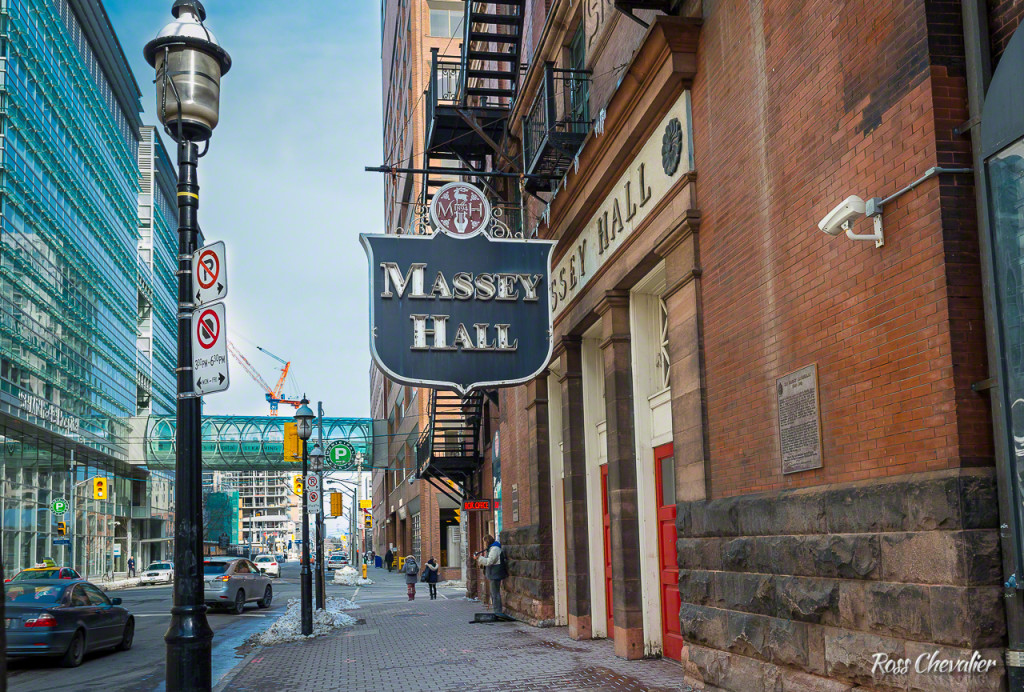
The 35mm focal length delivers a wonderful sense of time and space.
It used to be that the only way to get a fast prime was to buy the lens from the company that made your camera. You now have choice. I recently completed a review on the aforementioned Sigma ART Series 35mm f/1.4 and I found it consistently as good and in some cases better than the 35mm f/1.4 lenses from Nikon or Canon. Don’t get me wrong, the OEM lenses are wonderful, and I own them, it’s just that now we have a choice in what we buy that helps address budgetary realities. If you head over to thephotovideoguy.ca you can read the review of the Sigma lens. As this article appears on the Henry’s site, I will say that Henry’s has the ability to get you the lens you want and I must thank Chris and Lui at Henry’s Newmarket store for their help in sourcing me a lens to do the review.
In my case, I am shooting with mostly full frame sensors, so the 35mm focal length prime is looking like a 35mm. If you use a 35mm on a crop sensor camera, it looks like a just over 52mm focal length because of the smaller sensor. So if you want the look and feel of a 35mm on a crop sensor, you are actually shopping for a prime closer to 22mm focal length. A 24mm is as close as you will get, but fortunately there are some really awesome 24mm fast primes out there. And it’s a prime that will appear in a future article. If you are shooting a micro 4/3s there are a couple of really nice fast 17mm lenses in market that deliver the goods on that size sensor. When I was kitting out an Olympus OM-D E-M1, the first lens on my list was the 17/1.8.
A prime lens will usually be smaller and more compact than a zoom. If you are shooting street photography, a smaller lens draws less attention and is less threatening to the public. Try some street work with a 35mm, or a family shot, or even a full-length portrait. You may see the same magic in the 35mm prime that I do.
Until next time, peace.
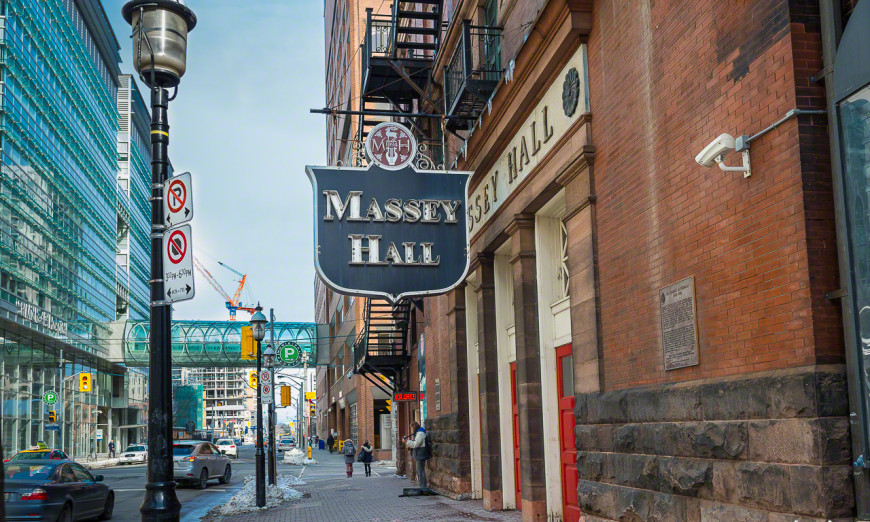
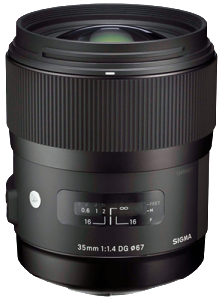

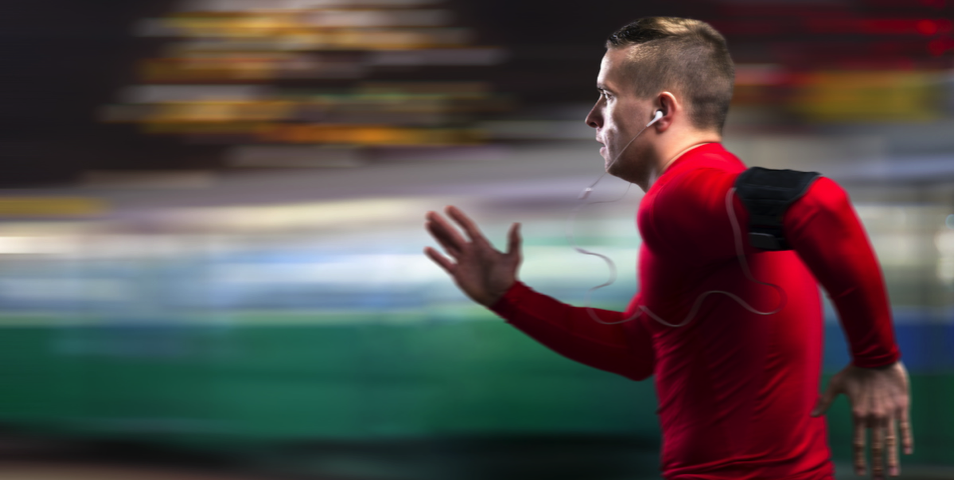
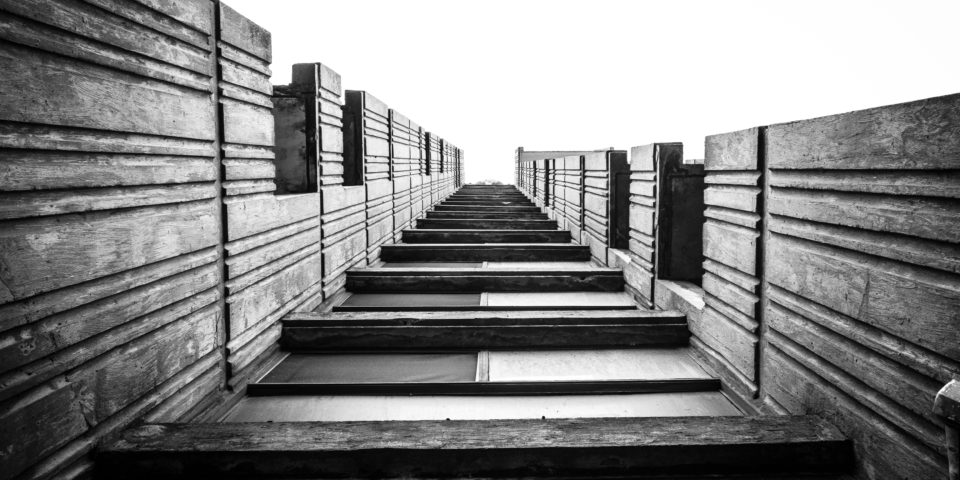
COMMENTS (2)
Pingback: Street Photography Month at Henry's | Henry's Blog
Pingback: The Case for a Prime Lens - A Fast Telephoto Can Be Golden - The 85m | Henry's Blog